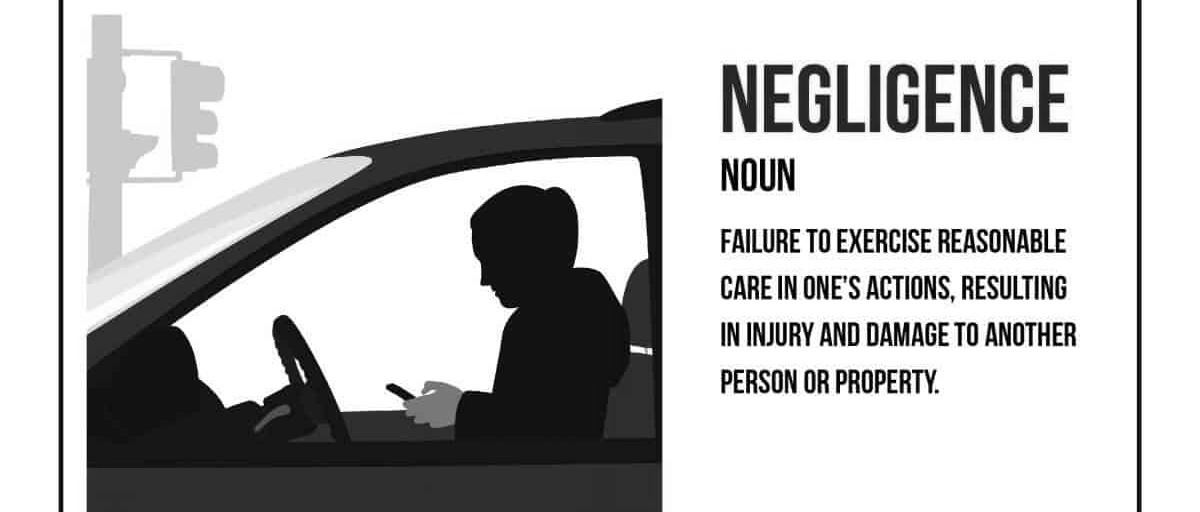Introduction
In our decision-making processes, we often encounter the mental model of Negligence. This model revolves around the failure to exercise reasonable care or take necessary action, leading to unintended consequences or missed opportunities. Anchored in human psychology, Negligence is prevalent in our day-to-day lives and decision-making processes. Understanding this mental model is crucial as it can have significant implications for personal life decisions, business scenarios, and public policy-making. In this blog post, we will explore the concept of Negligence, its relevance in decision-making, examples of its occurrence in different contexts, the mental biases contributing to it, strategies to identify and avoid it, and the importance of awareness and active avoidance of this mental trap.
Defining Negligence and Its Relevance
Negligence refers to the failure to exercise the level of care that a reasonable person would in similar circumstances, resulting in harm, missed opportunities, or undesirable outcomes. In decision-making, Negligence arises when individuals or groups fail to consider relevant information, neglect their responsibilities, or overlook potential risks. Recognizing Negligence is crucial as it helps us understand the importance of proactive action and diligent consideration of potential consequences.
Occurrences of Negligence in Various Contexts
Personal Life Decisions: Negligence can manifest in personal life decisions when individuals fail to prioritize important matters or take necessary action. For instance, neglecting to maintain personal health, ignoring financial planning, or disregarding relationship issues can lead to adverse outcomes. By neglecting these areas, individuals make irrational decisions contrary to their best interests, compromising their well-being and future prospects.
Business Scenarios: In business contexts, Negligence can occur when individuals or organizations fail to address critical risks or seize opportunities. For example, a business that overlooks emerging trends or fails to adapt to market changes may suffer a decline in competitiveness or miss out on growth opportunities. By neglecting to take proactive measures or failing to consider emerging threats, businesses can make decisions that harm their own interests.
Public Policy-Making: Negligence can impact public policy-making when decision-makers fail to adequately address societal issues or make informed choices. This can result in ineffective policies, inadequate regulation, or failure to address pressing concerns. By neglecting the importance of thorough research, stakeholder engagement, or considering long-term consequences, policymakers may make decisions that are contrary to the best interests of the public.
Mental Biases and Psychological Underpinnings
Negligence is influenced by several cognitive biases and psychological factors:
Status Quo Bias: The tendency to prefer maintaining the current state of affairs over change. Negligence can occur when individuals stick to familiar routines, failing to adapt to new circumstances or explore alternative options due to a bias towards maintaining the status quo.
Outcome Bias: The tendency to judge the quality of a decision based on its outcome rather than the decision-making process itself. Negligence can be reinforced by individuals focusing solely on the outcomes they desire without considering the potential risks and necessary actions required to achieve those outcomes.
Procrastination: The act of delaying action or decision-making. Negligence can be driven by procrastination, where individuals postpone important tasks or decisions, neglecting their responsibilities and inadvertently causing harm or missed opportunities.
Strategies to Identify and Avoid Negligence
To avoid succumbing to Negligence and make more objective decisions, consider the following strategies:
Proactive Planning: Take a proactive approach by identifying potential risks and opportunities, and develop a plan of action to address them. This includes setting realistic goals, establishing deadlines, and breaking down tasks into manageable steps.
Risk Assessment: Conduct a thorough risk assessment by considering potential consequences, seeking diverse perspectives, and analyzing relevant information. Evaluate the potential costs and benefits associated with different courses of action.
Accountability and Follow-Through: Hold yourself accountable for your decisions and commitments. Establish mechanisms for follow-through to ensure timely execution and prevent inaction or neglect.
Continuous Learning and Adaptation: Embrace a growth mindset and remain open to new information and perspectives. Actively seek feedback, reflect on past decisions, and learn from both successes and failures.
Conclusion
The Negligence mental model highlights the importance of taking reasonable care and necessary action in decision-making processes. By understanding the prevalence of Negligence in various contexts, recognizing the cognitive biases that contribute to it, and implementing strategies to identify and avoid it, individuals can make more informed and objective decisions. Awareness and active avoidance of Negligence are essential for achieving better outcomes in personal life, business, and public policy-making. By prioritizing diligence, proactive planning, and continuous learning, we can navigate decision-making with a greater sense of responsibility, effectiveness, and overall success.
